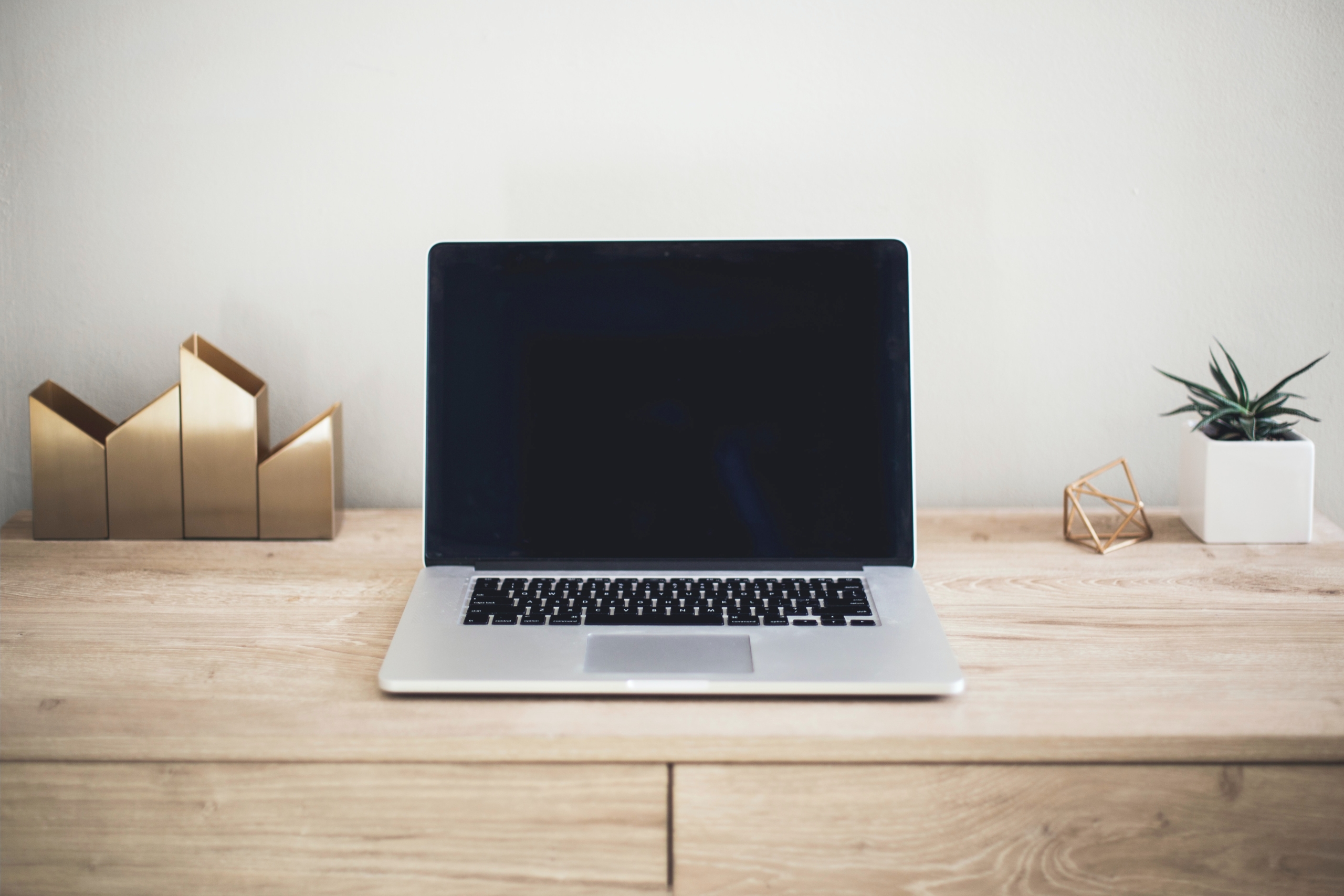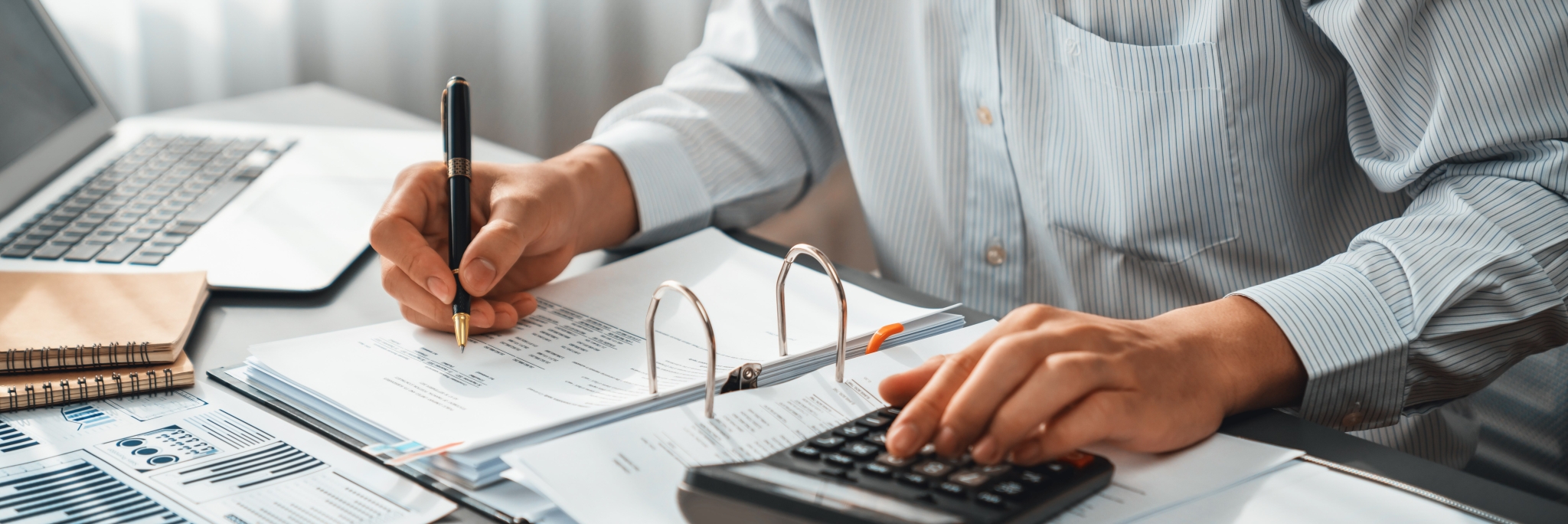Liquid assets are funds or possessions that can be quickly converted into cash without significant loss of value. This includes cash on hand, bank account balances, and available funds from payment platforms like PayPal or Mollie. In other words, liquid assets are what your business can use today to settle its financial obligations.
As a business owner, maintaining control over your finances is essential. Liquid assets offer clear insight into your business’s short-term financial health and form the basis of a healthy cash flow. In this article, we explain what liquid assets are, how they appear on your balance sheet, and how to ensure your business always maintains a strong liquidity position.
Table of contents:






